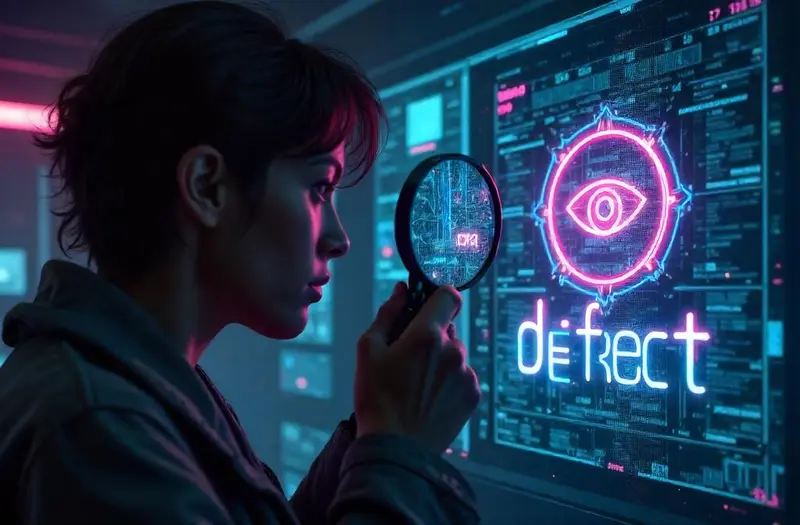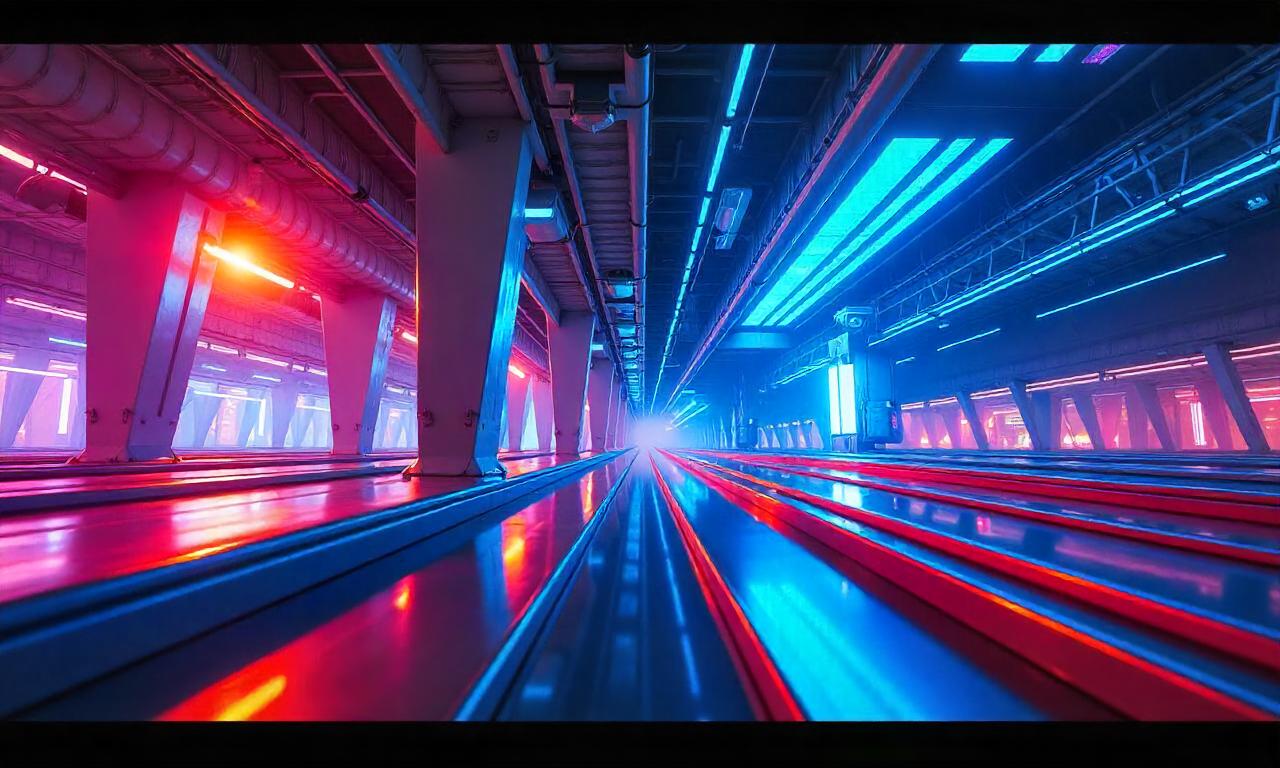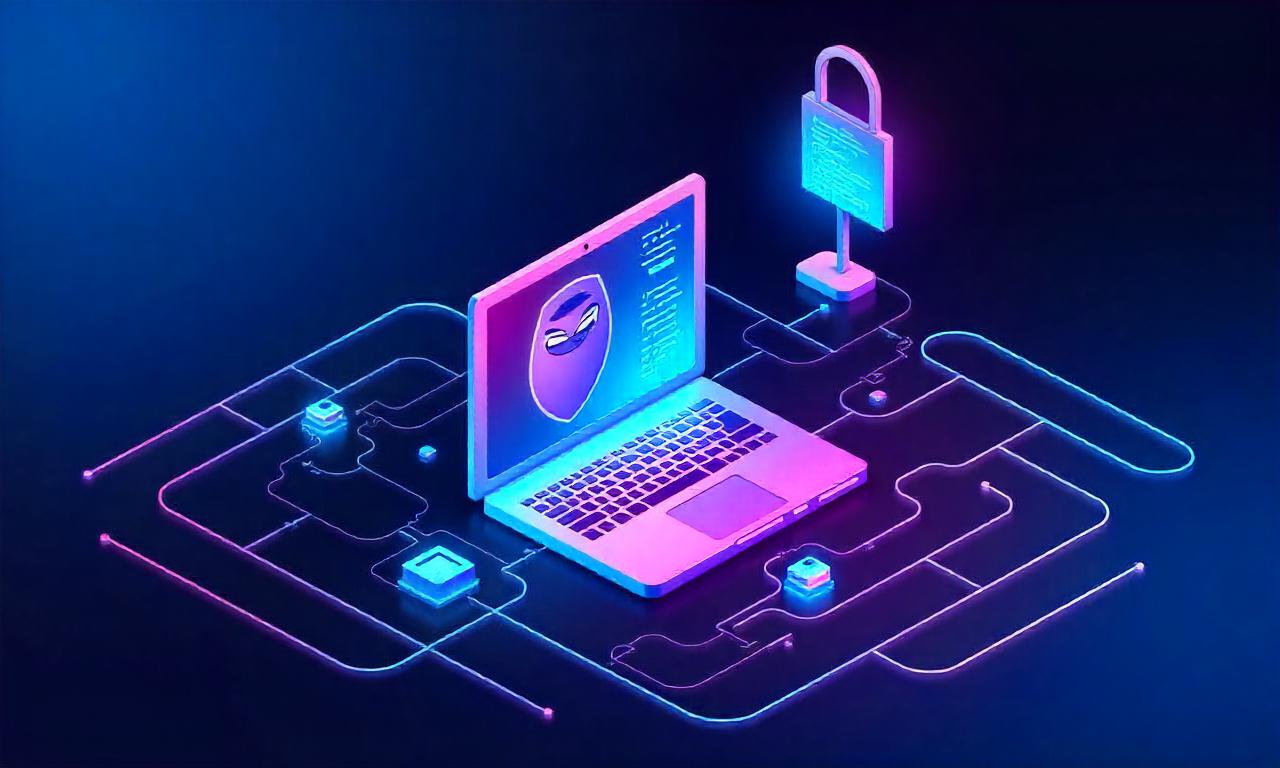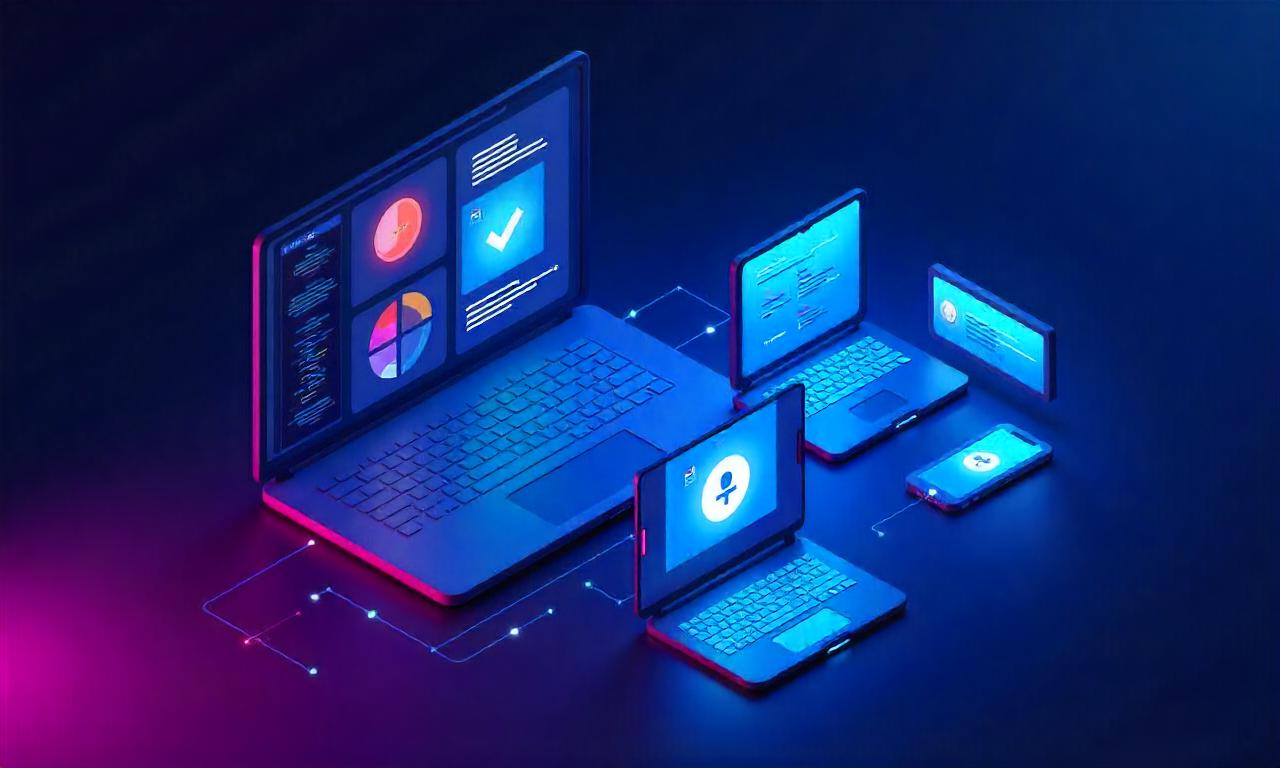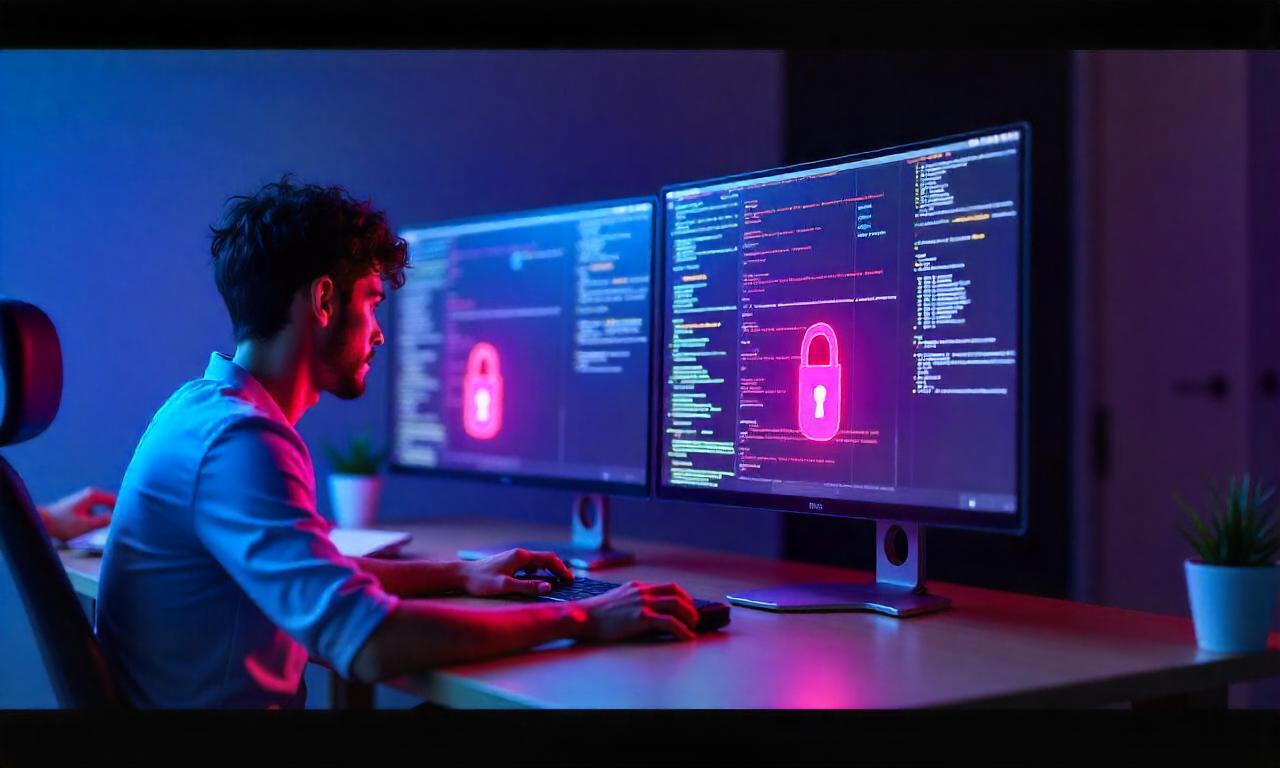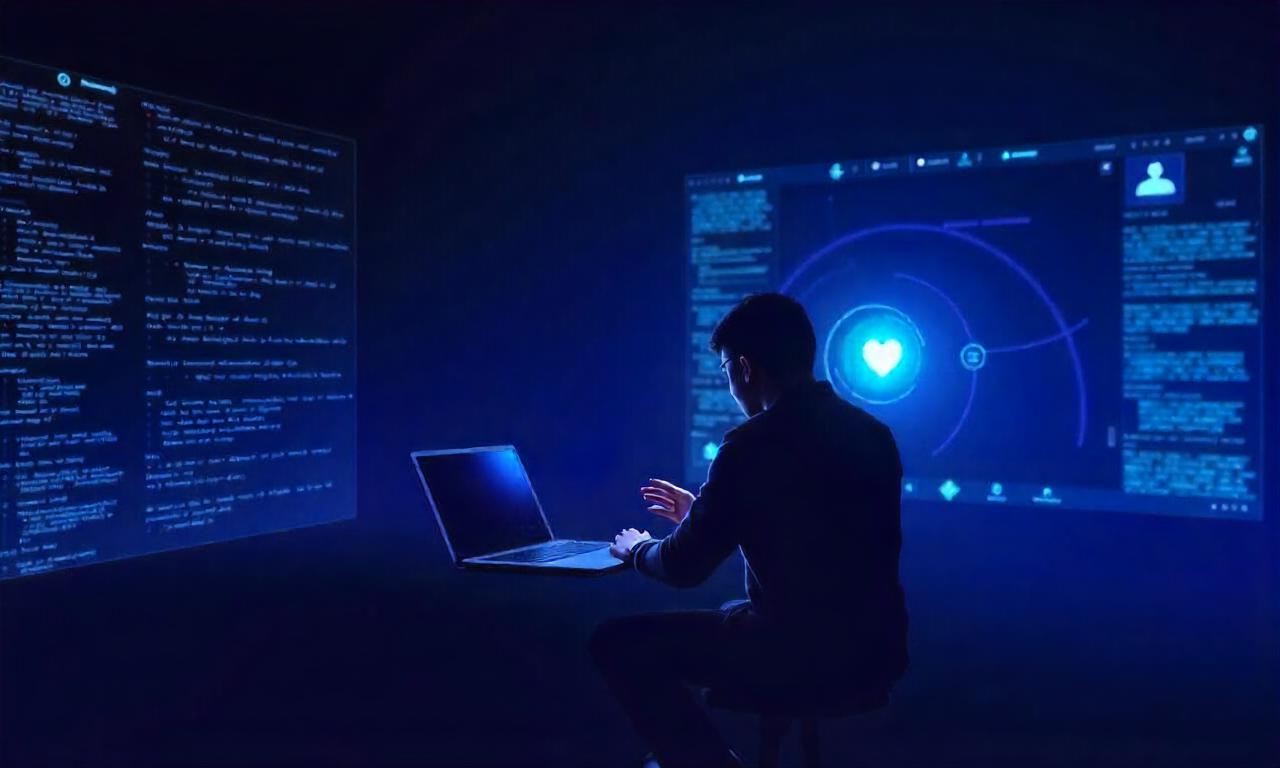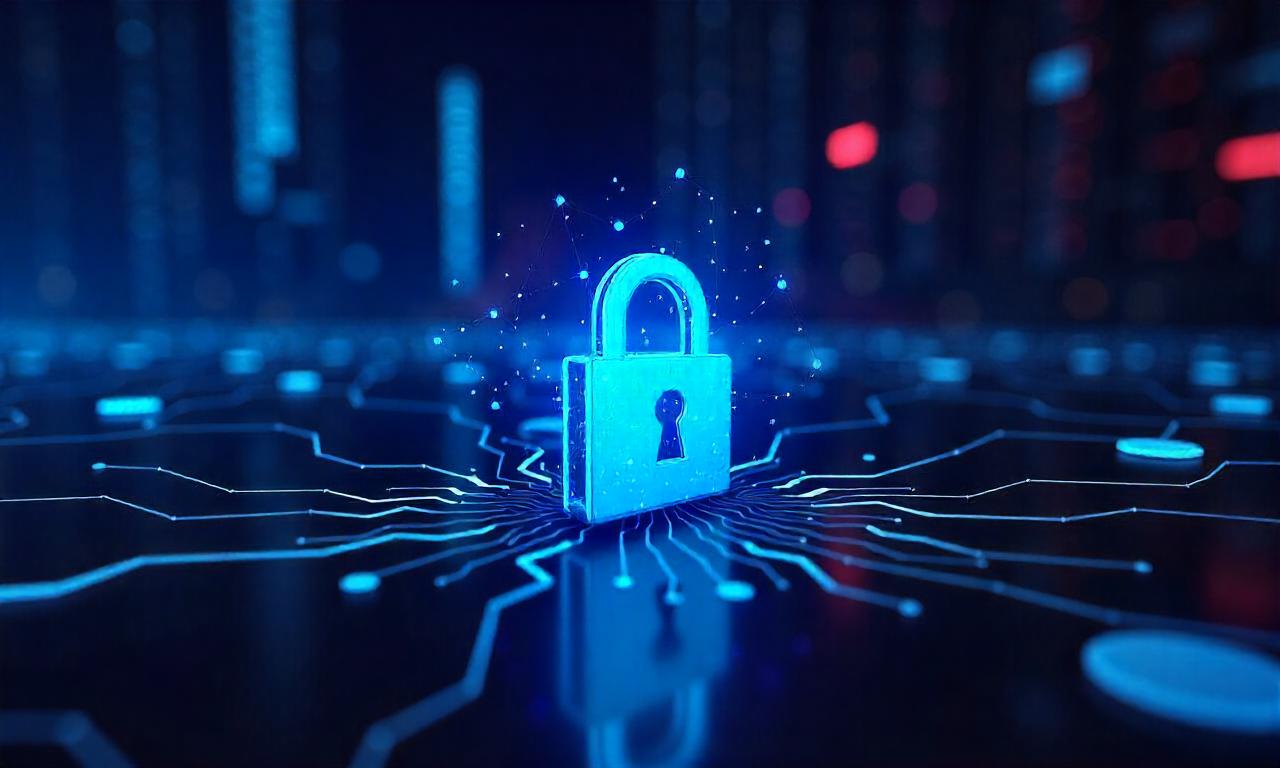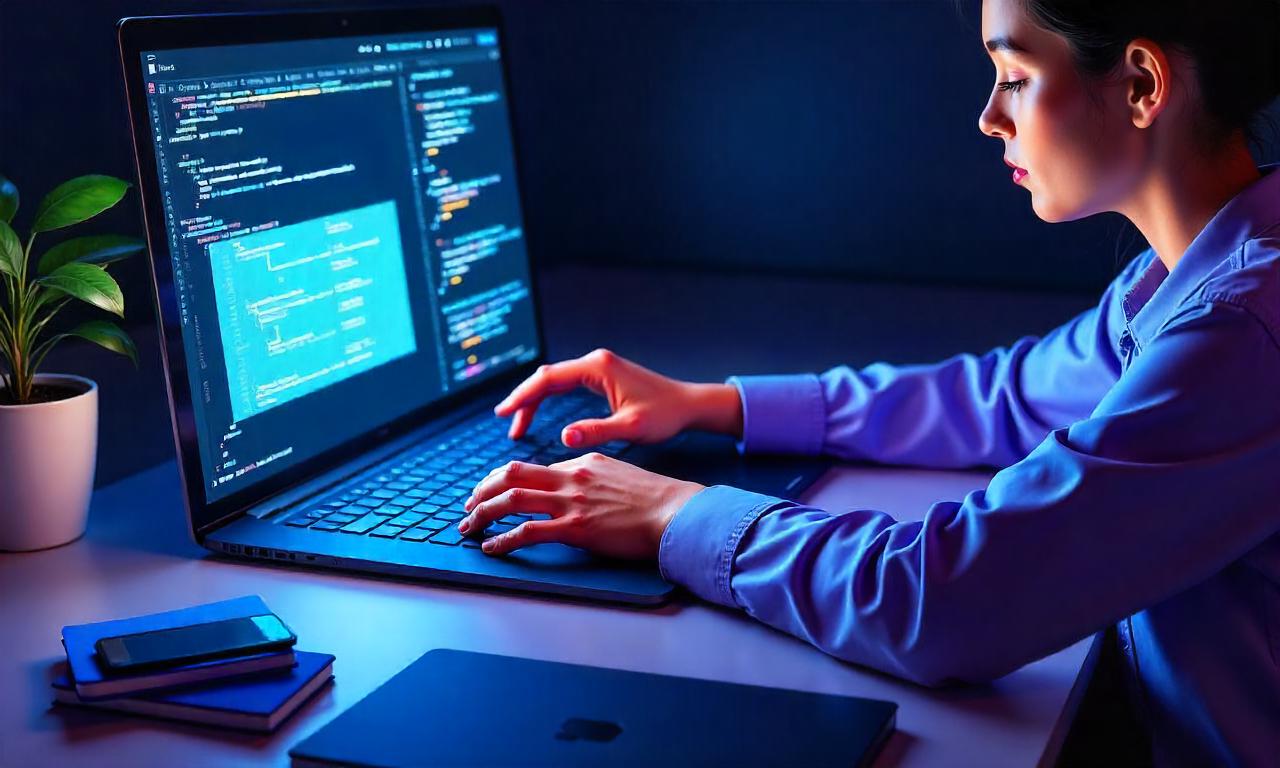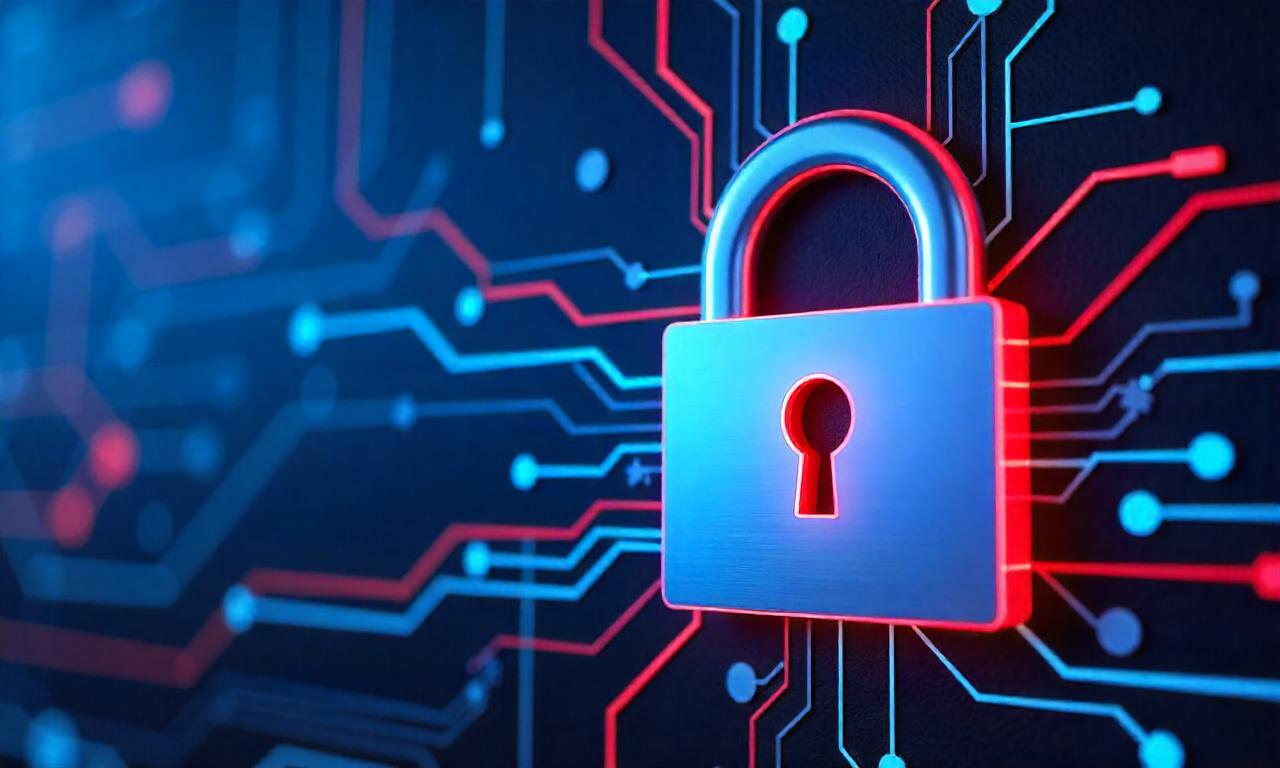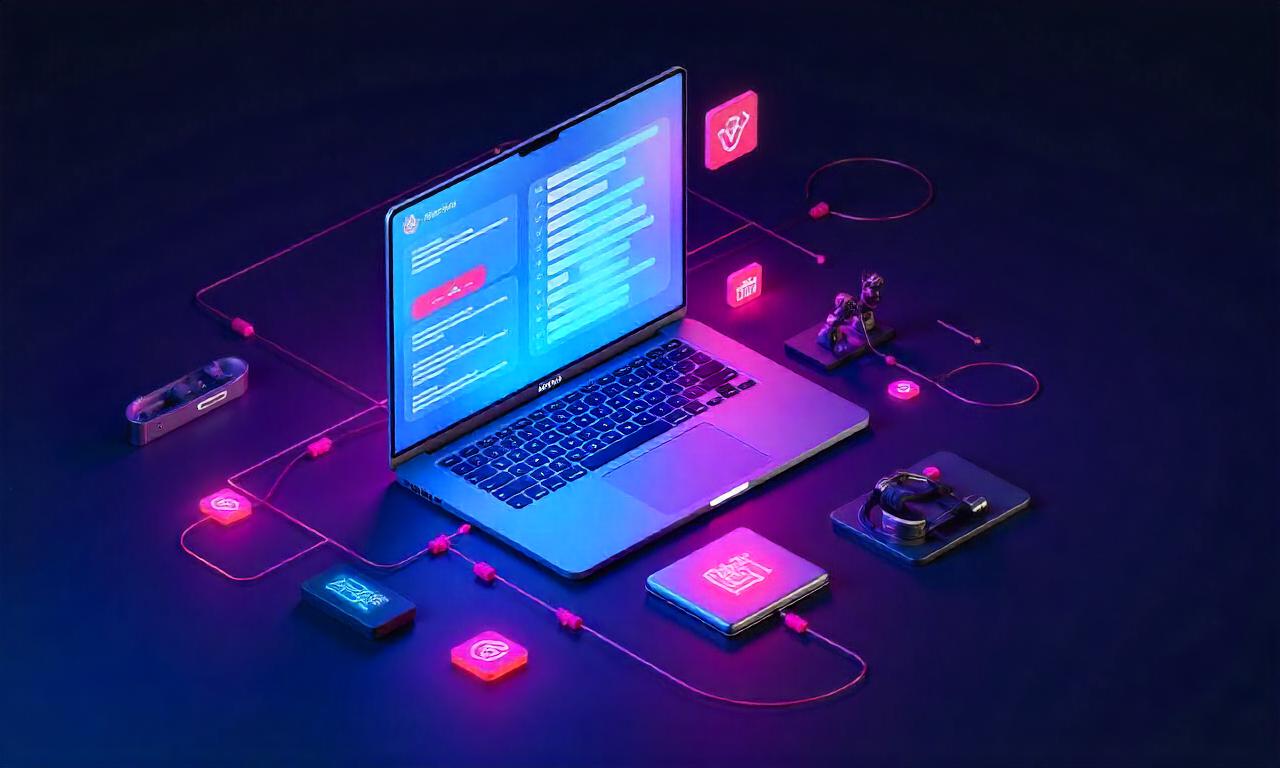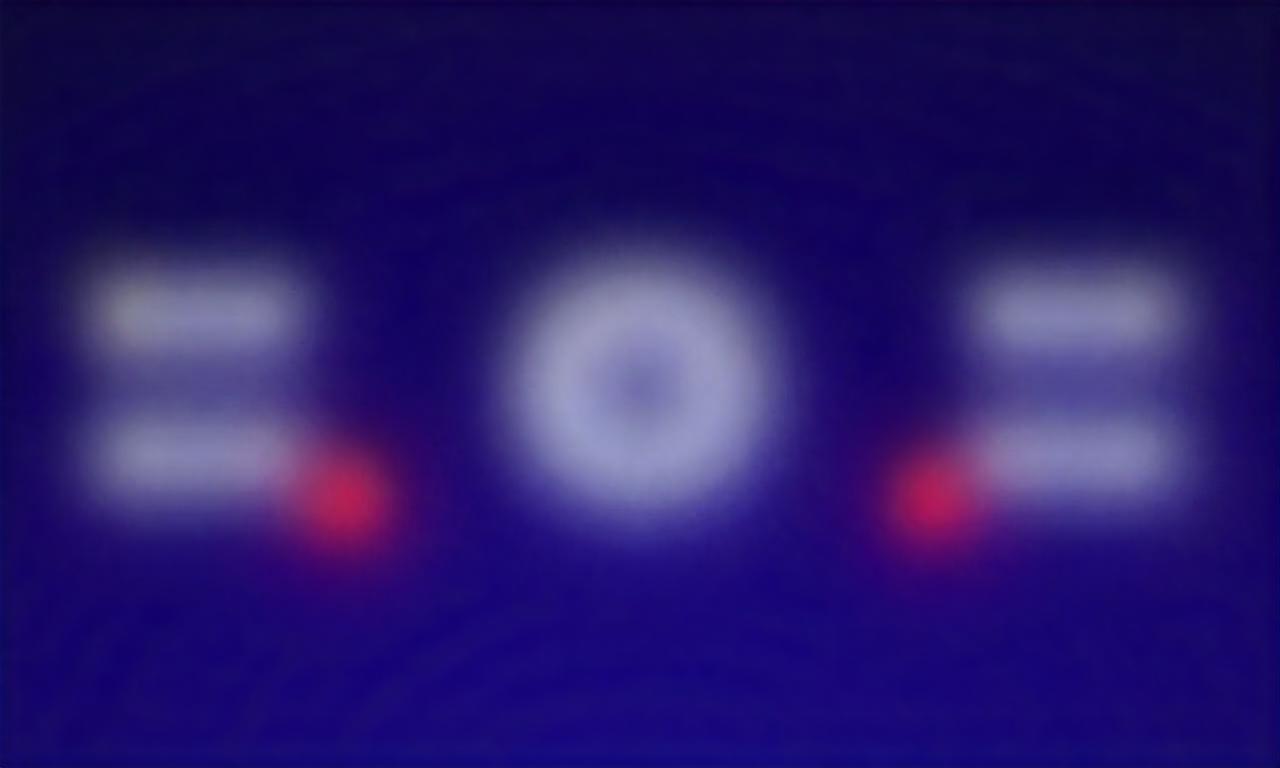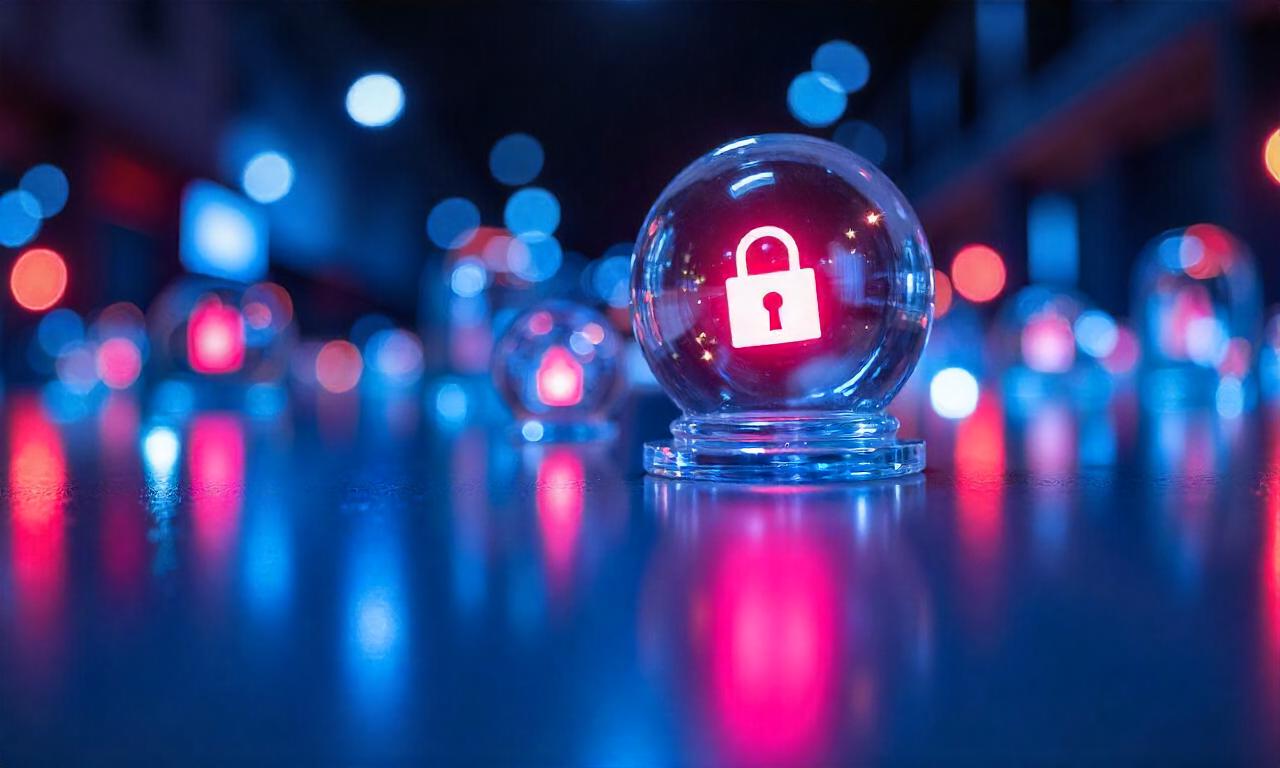VPN Pieces – Learn how to tell if an image is AI generated in 2025 using visual clues, metadata analysis, tools, and SEO best practices to ensure content authenticity.
Table of Contents
ToggleUnderstanding the AI Image Boom in 2025
The past few years have seen an explosion in AI image generation. Tools like DALL·E 3, MidJourney V6, and Adobe Firefly are capable of creating hyper-realistic visuals with minimal human input. While this progress fuels creativity, it also presents serious challenges to digital authenticity.
The question of authenticity is no longer just academic—it has practical implications. From journalism and e-commerce to dating apps and surveillance, the ability to verify image originality has become critical.
In fact, a 2025 report by DeepMedia found that over 38% of publicly shared images online contain elements created or altered by AI. This signals the need for every content consumer—and SEO expert—to sharpen their detection skills.
Visual Clues: Spotting the Differences by Eye
Examine Anomalies in Hands, Eyes, and Backgrounds
Despite improvements, AI still struggles with certain human features and spatial logic.
- Hands: Look for too many fingers, missing knuckles, or unrealistic gestures.
- Eyes and Teeth: Asymmetry or an unnatural gaze can indicate artificial generation.
- Backgrounds: AI often generates warped architecture or objects blending into each other.
Even in 2025, these inconsistencies remain telltale signs of AI-generated imagery.
Assess Lighting and Shadow Consistency
In real photography, light sources are uniform and physically logical. AI-generated images may display:
- Shadow mismatches
- Highlights in contradictory places
- Unnatural lighting gradients
This is particularly visible in composite AI creations that blend fantasy and realism.
Metadata Analysis: Looking Under the Hood
Review EXIF and IPTC Data
Many digital photos contain EXIF data, which shows the camera model, shutter speed, location, etc. AI-generated images usually lack this metadata or use placeholders like:
Software: DALL·EUnknown Camera Model
Use Metadata Detection Tools
Web tools like FotoForensics and Image Edited? parse metadata and highlight anomalies. They can:
- Flag unusual software tags
- Indicate edited layers
- Reveal time/date inconsistencies
While some AI tools now simulate metadata, mismatches remain detectable with careful inspection.
AI Detection Software and Tools
Online AI Detection Tools
Here are some 2025 tools specifically designed to detect AI generated images:
| Tool Name | Type | Key Features | Accuracy Rate |
|---|---|---|---|
| Hive Moderation | Web API | Detects AI visual signatures | 92% |
| Illuminarty | Browser Tool | Shows probability and image source links | 87% |
| Optic AI or Not | Web Tool | Predicts human vs. AI with visual heatmaps | 90% |
| DeepFake Spotter | Standalone App | Designed for forensic analysts and journalists | 94% |
These tools use deep neural networks trained on millions of synthetic and authentic samples. Regular updates are key for reliability in a rapidly evolving field.
Built-in Detection in Platforms
In 2025, major platforms like Google Images and Facebook deploy automatic AI-tagging. Images may include subtle watermarks or hidden hashes (like C2PA standard) indicating whether AI tools were used.
Understanding AI Art Watermarks and Traces
Invisible Watermarks
OpenAI, Adobe, and StabilityAI often include invisible signatures in the pixels themselves. These may not be detectable by eye but can be picked up using:
- Stable Signature Decoder
- VerifyPro by Adobe
- ClipForge AI Source Check
Public Registries
Some artists voluntarily register their AI-generated work. You can cross-reference images with:
- C2PA public logs
- Content Authenticity Initiative
- Watermark Verify AI
These databases are increasingly used in digital court cases and news verification processes.
Comparing Similar Images with Reverse Image Search
Use Google Reverse Image Search and TinEye
Searching for image matches online helps you spot:
- Clones with minor variations
- Multiple AI iterations of the same concept
- Nonexistent “sources” for fake images
Reverse search can often uncover AI training data sources that reveal the artificial origin of an image.
Look for Versions in Model Databases
Sites like Lexica (for Stable Diffusion) and PromptHero archive known AI generations. If your image has a match there—it’s almost certainly AI.
Telltale Signs in Image Resolution and Compression
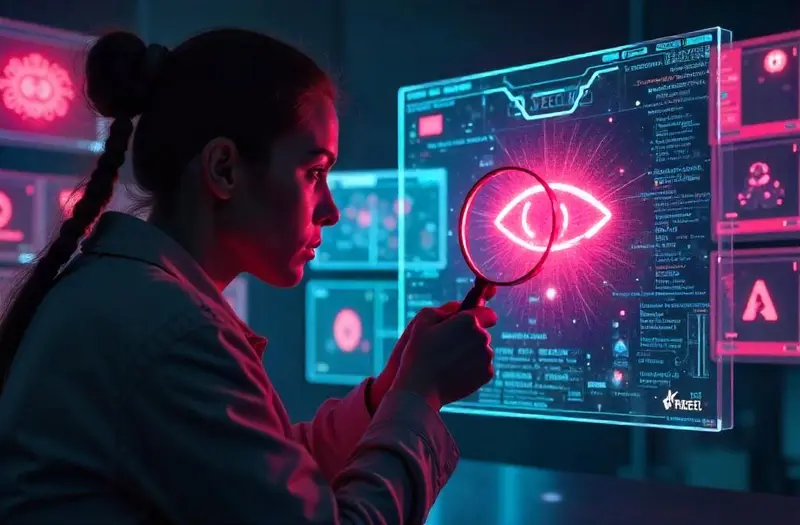
Uniform Sharpness and Unreal Detail
AI images often look “too perfect.” Real images have focus falloff, motion blur, or optical limitations.
Common red flags:
- Hyper-sharp backgrounds
- Textures without variation
- Absence of photographic noise
Compression Artifacts
AI visuals exported from web tools may have unique compression patterns. This can appear as:
- Haloing around sharp edges
- Color banding in gradients
- Repetitive patterns in textured areas
Ethical Considerations and Why It Matters
Misinformation and Manipulation
In 2025, AI images are now used in deepfake propaganda, social engineering scams, and fake news reports. Recognizing synthetic content is vital for maintaining public trust.
Content Authenticity in SEO
From an SEO perspective, Google now penalizes content that relies heavily on misleading visuals, especially in product images or reviews. This makes authenticity verification a top priority for digital marketers and publishers.
Social Media Clues and Contextual Cross-Checking
Analyze User Profiles and Posting History
If an image is tied to a suspicious profile with no history or engagement, it may be synthetic bait. Tools like:
- Botometer AI
- Twitter Audit AI
- InstaVerify
help evaluate social proof and consistency.
Contextual Consistency
If a photo claims to be from New York in 1980 but shows modern architecture or clothes, it’s likely fabricated. Cross-check using Google Lens, map data, or historical archives.
Deep Learning Techniques to Detect Fakes
GAN Fingerprinting
Generative Adversarial Networks (GANs) leave subtle patterns, like brush strokes in Impressionist paintings. AI researchers now train detectors to identify:
- Latent feature inconsistencies
- Artifacts in noise distributions
Diffusion Noise Analysis
Diffusion models like DALL·E and MidJourney generate images using a denoising process. Forensic tools now analyze this residual pattern to flag synthetics.
Academic Research and Industry Standards
Key Studies from 2023–2025
A study published in Nature AI (Feb 2025) found that trained humans can identify AI images with 71.4% accuracy, while software tools reached 92.1%. Combining both increased accuracy to over 97%.
Industry Collaboration
Initiatives like the Coalition for Content Provenance and Authenticity (C2PA) aim to standardize watermarking, metadata, and content tracking, providing transparent history trails for all media.
SEO Implications: Trust, Traffic, and Transparency
Google’s Stance on AI Imagery
In 2025, Google Search Quality Guidelines emphasize content trustworthiness and visual transparency. Sites using unverifiable or misleading images may experience:
- Lower E-E-A-T scores
- Algorithmic downranking
- Manual review penalties
Best Practices for SEO with AI Content
- Disclose AI usage in captions or ALT text
- Use authentic metadata or digital credentials
- Avoid using AI stock images for sensitive topics (e.g., health, finance)
Maintaining user trust directly correlates with better rankings and engagement metrics.
Tools for Content Creators and Publishers
- Adobe Content Credentials – Embeds creator data
- WatermarkRemover.io Detector – Reveals removed watermarks
- Verify AI Browser Extension – Scans every image on-page
We recommend publishers add a verification step in their editorial workflow for all new visuals in 2025.
Legal and Regulatory Landscape
U.S. Guidelines on AI Disclosure
As of 2025, the U.S. Federal Trade Commission (FTC) mandates disclosure of AI-generated media in commercial advertising and political campaigns.
Legal Precedents
Multiple copyright and fraud lawsuits have hinged on AI visual manipulation. Courts now increasingly accept digital watermark evidence to establish authorship.
Training Your Eye and Team for Visual Literacy
Education remains the most sustainable solution. Organizations and schools are now:
- Offering AI Media Literacy courses
- Hosting “Real or AI?” challenges
- Publishing visual checklists
Knowing how to tell if an image is AI generated isn’t just a skill—it’s a digital survival tool.
Case Studies and Real-World Examples
- Case: Political Deepfake – In 2024, an AI-generated image of a presidential candidate in a controversial setting went viral before being debunked by reverse image search.
- Case: Product Scam – A fake tech gadget launched on Kickstarter using stunning but AI-generated images, flagged later by an alert Reddit user.
These examples highlight why layered verification is no longer optional.
Future of AI and Visual Authenticity
As AI generation continues improving, so too must our detection capabilities. The future will include:
- Blockchain-linked image records
- Real-time verification layers in cameras
- AI vs. AI: Forensic models combating generative models
It’s a new frontier in digital truth and synthetic creativity—and staying informed is our greatest asset.
FAQs
How can I tell if an image is AI-generated just by looking?
Check for inconsistencies in hands, eyes, lighting, and backgrounds. Overly smooth or surreal textures often give AI visuals away.
Are there tools to help me detect AI images?
Yes. Tools like Optic AI or Not, Hive, and Illuminarty use machine learning to scan images for synthetic features.
Do AI-generated images have metadata?
Usually not. Many lack EXIF data or include metadata from generation tools like DALL·E or MidJourney.
Is it illegal to use AI images without disclosure?
In some contexts, yes—especially in advertising or political messaging. U.S. regulations in 2025 mandate disclosure in several sectors.
Can Google detect AI images?
Yes. Google uses a combination of metadata, image analysis, and watermark detection to assess authenticity.
Does using AI images affect SEO?
If AI content misleads users or lacks transparency, it can harm your SEO rankings due to Google’s content trust policies.
Are all AI images fake or unethical?
Not at all. When used transparently and ethically, AI images can enhance storytelling and creativity.
Will AI detection always stay ahead of AI generation?
It’s a cat-and-mouse game. Both evolve together, making ongoing education and tech upgrades essential.
Conclusion
Distinguishing between real and AI-generated images in 2025 is both an art and a science. While AI models grow more sophisticated, the tools and techniques for verifying authenticity are evolving just as quickly.
Whether you’re a digital marketer, journalist, or everyday user, knowing how to tell if an image is AI generated helps you navigate a digital world where not everything is as it seems.
Key Takeaways
- AI image generation is mainstream in 2025, making detection vital.
- Visual cues, metadata, and forensic tools offer reliable ways to spot fakes.
- Use reverse image search, watermark detectors, and AI detection platforms.
- SEO best practices emphasize transparency in image sourcing.
- Legal and ethical implications require clear disclosure of AI use.

